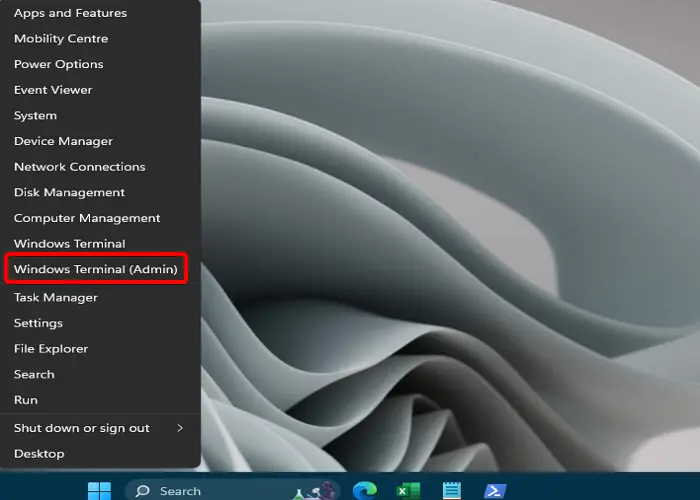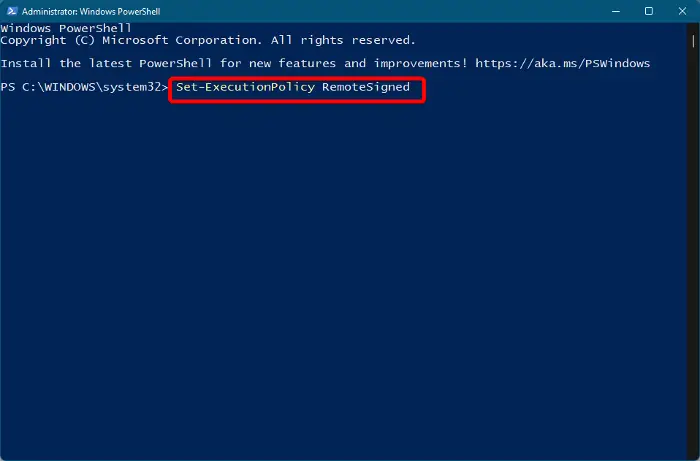Windows PowerShell Scripting Tutorial for Beginners
We designed this Windows PowerShell scripting tutorial for beginners, whether you are a tech enthusiast or a professional looking to improve your scripting skills. If you have no prior knowledge of PowerShell scripting, this article will start with the basics and be tailored for you.

We will help you master the installation steps of the PowerShell environment and introduce the main concepts and functions of PowerShell scripts step by step. If you're ready to learn more about PowerShell scripting, let's embark on this exciting learning journey together!
What is Windows PowerShell?
PowerShell is a tool developed by Microsoft that mixes the functions of a command line shell and a scripting language. PowerShell enables users to automate tasks and manage system configurations more efficiently. This tool combines command line processing, scripting capabilities, and system management tools to provide a seamless and powerful platform for managing Windows operating systems.
Features and Applications of PowerShell
So, using PowerShell, you can:
- Use cmdlets for development.
- Automatically execute tasks.
- Use PowerShell scripts and cmdlets to remotely manage Windows OS devices.
- Access to all types of .NET frameworks.
- Listen, forward and take action on management-related incidents
- Control server and workstation components using simple syntax.
- Share data across applications.
- Get built-in support for file transfers between devices using BITS (Background Intelligent Transfer Service).
- Run script jobs in the background on a local device or multiple remote devices.
- Scripts are more secure than VBScript or other scripting languages.
To learn more, see our detailed post on what Windows PowerShell is and the features and benefits of upgrading to the latest version.
Windows PowerShell Scripting Tutorial for Beginners
So, if you are a system administrator, you can leverage PowerShell to resolve issues efficiently and avoid investing time in manual work in the future. That is, by the end of this Windows PowerShell scripting tutorial for beginners, you will not only learn PowerShell scripting, but you will also have a solid foundation.
1] How to start PowerShell?

PowerShell comes pre-installed in Windows, so there is no need to download and install it separately. So, here's how to launch PowerShell:
Right-click Start and select Windows Terminal from the menu.
This will open the PowerShell window.
To open PowerShell with administrator privileges, right-click Start and select Windows Terminal (Administrator).
Now you can run cmdlets or commands in PowerShell.
Read: How to Automate Tasks with PowerShell
2]Verify script execution policy settings

For security reasons, scripts run in PowerShell are automatically restricted. Therefore, we recommend that you verify the execution policy for running scripts in PowerShell. To check the PowerShell execution policy, you must create and run a PowerShell script file.
3]What are PowerShell Cmdlets?
Cmdlets are short, lightweight commands that perform specific operations in PowerShell. Cmdlets form the basic blocks of PowerShell scripts and commands that follow a consistent syntax. They are written in .NET and are designed to perform a single function using short commands like Get-Process, Stop-Service or New-Item. So these are more like commands to start something.
The above is the detailed content of Windows PowerShell Scripting Tutorial for Beginners. For more information, please follow other related articles on the PHP Chinese website!

Hot AI Tools

Undresser.AI Undress
AI-powered app for creating realistic nude photos

AI Clothes Remover
Online AI tool for removing clothes from photos.

Undress AI Tool
Undress images for free

Clothoff.io
AI clothes remover

AI Hentai Generator
Generate AI Hentai for free.

Hot Article

Hot Tools

Notepad++7.3.1
Easy-to-use and free code editor

SublimeText3 Chinese version
Chinese version, very easy to use

Zend Studio 13.0.1
Powerful PHP integrated development environment

Dreamweaver CS6
Visual web development tools

SublimeText3 Mac version
God-level code editing software (SublimeText3)

Hot Topics
 1376
1376
 52
52
 What should I do if Beyond Compare fails to case sensitivity when synchronizing Windows and Linux files?
Apr 01, 2025 am 08:06 AM
What should I do if Beyond Compare fails to case sensitivity when synchronizing Windows and Linux files?
Apr 01, 2025 am 08:06 AM
The problem of comparing and synchronizing BeyondCompare files: Case sensitivity failure when using Beyond...
 How to avoid third-party interfaces returning 403 errors in Node environment?
Apr 01, 2025 pm 02:03 PM
How to avoid third-party interfaces returning 403 errors in Node environment?
Apr 01, 2025 pm 02:03 PM
How to avoid the third-party interface returning 403 error in the Node environment. When calling the third-party website interface using Node.js, you sometimes encounter the problem of returning 403 error. �...
 Four ways to implement multithreading in C language
Apr 03, 2025 pm 03:00 PM
Four ways to implement multithreading in C language
Apr 03, 2025 pm 03:00 PM
Multithreading in the language can greatly improve program efficiency. There are four main ways to implement multithreading in C language: Create independent processes: Create multiple independently running processes, each process has its own memory space. Pseudo-multithreading: Create multiple execution streams in a process that share the same memory space and execute alternately. Multi-threaded library: Use multi-threaded libraries such as pthreads to create and manage threads, providing rich thread operation functions. Coroutine: A lightweight multi-threaded implementation that divides tasks into small subtasks and executes them in turn.
 Why can't my code get the data returned by the API? How to solve this problem?
Apr 01, 2025 pm 08:09 PM
Why can't my code get the data returned by the API? How to solve this problem?
Apr 01, 2025 pm 08:09 PM
Why can't my code get the data returned by the API? In programming, we often encounter the problem of returning null values when API calls, which is not only confusing...
 Where to download Python .whl files under Windows?
Apr 01, 2025 pm 08:18 PM
Where to download Python .whl files under Windows?
Apr 01, 2025 pm 08:18 PM
Python binary library (.whl) download method explores the difficulties many Python developers encounter when installing certain libraries on Windows systems. A common solution...
 c What are the differences between the three implementation methods of multithreading
Apr 03, 2025 pm 03:03 PM
c What are the differences between the three implementation methods of multithreading
Apr 03, 2025 pm 03:03 PM
Multithreading is an important technology in computer programming and is used to improve program execution efficiency. In the C language, there are many ways to implement multithreading, including thread libraries, POSIX threads, and Windows API.
 How to efficiently read Windows system logs and get only information from the last few days?
Apr 01, 2025 pm 11:21 PM
How to efficiently read Windows system logs and get only information from the last few days?
Apr 01, 2025 pm 11:21 PM
Efficient reading of Windows system logs: Reversely traverse Evtx files When using Python to process Windows system log files (.evtx), direct reading will be from the earliest...
 How to monitor system performance through Debian logs
Apr 02, 2025 am 08:00 AM
How to monitor system performance through Debian logs
Apr 02, 2025 am 08:00 AM
Mastering Debian system log monitoring is the key to efficient operation and maintenance. It can help you understand the system's operating conditions in a timely manner, quickly locate faults, and optimize system performance. This article will introduce several commonly used monitoring methods and tools. Monitoring system resources with the sysstat toolkit The sysstat toolkit provides a series of powerful command line tools for collecting, analyzing and reporting various system resource metrics, including CPU load, memory usage, disk I/O, network throughput, etc. The main tools include: sar: a comprehensive system resource statistics tool, covering CPU, memory, disk, network, etc. iostat: disk and CPU statistics. mpstat: Statistics of multi-core CPUs. pidsta




